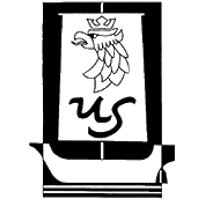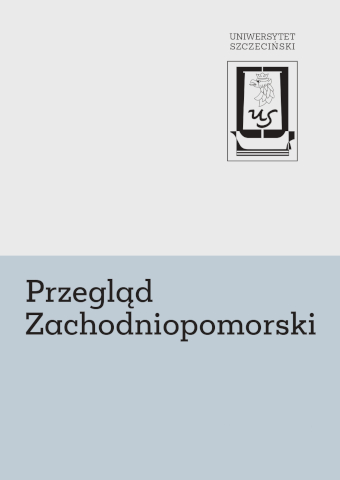Abstract
The image of the peasant in the Medieval literature was decisively critical and ratherstereotypical: the peasant was Ham’s descendant (Ham was one of the Noah’s sons), andhe was animal, primitive and lazy in his character. The theory of the functional divisioninto three social groups (estates) mitigated that image a bit presenting peasants as partof the society that was necessary for the whole to function properly. The situation of theSwedish peasants was actually different from the position of peasants in ‘continental’Europe: they possessed land and political rights. But d id a better situation of Swedishpeasants influence their image in the Swedish narrative sources of the 14th and 15thcenturies? The analysis of the 14th-century texts proves that the creation of a societybased on estates in Sweden and a closer contact with the European culture were the reasonswhy Swedish peasants lost their social prestige, which they had enjoyed in the 13thcentury, and, as a consequence, their image in the Swedish 14th century literature doesnot differ much from European model. On the other hand, in the 15th-century sourcesSwedish peasants are presented as a social group that played a significant political andmilitary role, with their own ethos, national consciousness, and as part of the body politic.The sources do not describe them explicitly in a positive way, but they bear testimony thatthe previous – rather negative – image was changed, and they show a significant role ofSwedish peasants in the fights with the kings of the Kalmar Union.








